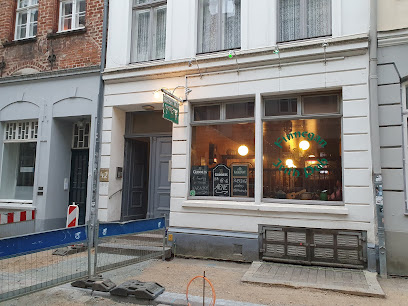
Palais Rantzau: A Lübeck Architectural Gem
Discover Palais Rantzau in Lübeck: A captivating blend of medieval and neo-Gothic architecture, home to the Schleswig-Holstein Music Festival's administration, steeped in history.
Palais Rantzau, nestled in the heart of Lübeck's historic old town, is a captivating landmark showcasing a blend of architectural styles. Originally a 13th-century Domherren-Kurie (canon's residence), it was transformed in 1858 by Kuno Graf zu Rantzau-Breitenburg into a neo-Gothic urban palace. The building's facade, with its romantic battlements and turrets, presents a striking contrast to the older, red-brick Gothic rear. Today, it houses the administration of the Schleswig-Holstein Music Festival and is a testament to Lübeck's rich and varied history. While the interior is not always open to the public, the exterior alone offers a glimpse into the city's past, making it a worthwhile stop for architecture enthusiasts and history buffs alike. Its location near the Lübeck Cathedral and other historical sites makes it easily accessible and a key part of any walking tour of the old town. The Palais Rantzau stands as a reminder of Lübeck's Hanseatic heritage and its enduring architectural legacy.
A brief summary to Palais Rantzau - ein Haus der Deutschen Stiftung Denkmalschutz
- Parade 1, Lübeck, Lübecker Altstadt, 23552, DE
- +4922890910
- Visit website
Local tips
- Take a stroll around the building to appreciate the contrast between the neo-Gothic facade and the older, red-brick Gothic rear.
- Combine your visit with a tour of the nearby Lübeck Cathedral and other historical sites in the Altstadt.
- Check the Schleswig-Holstein Music Festival schedule for possible events or concerts in the area during your visit.
Getting There
-
Walking
Palais Rantzau is located in the heart of Lübeck's Altstadt and is easily accessible on foot from most central locations. From the Markt (market square), walk north towards the Lübeck Cathedral (Dom zu Lübeck). The Palais Rantzau is located on Parade 1, a short walk from the cathedral. The walk is approximately 5-10 minutes, depending on your starting point. The area is pedestrian-friendly with cobblestone streets and sidewalks.
-
Public Transport
If arriving by public transport, the closest bus stops are around the city center. From the Lübeck Hauptbahnhof (main train station), take bus lines that stop near the city center, such as those heading towards Sandstraße or Koberg. From there, it's a short walk to the Palais Rantzau. A single bus fare within Lübeck is approximately €2-3. Check the Stadtverkehr Lübeck website for current fares and schedules.
-
Taxi/Ride-Share
Taxis and ride-sharing services are readily available in Lübeck. A taxi ride from the Lübeck Hauptbahnhof to Palais Rantzau would typically cost between €8-€12, depending on traffic. Be sure to specify the address, Parade 1, to the driver.
Discover more about Palais Rantzau - ein Haus der Deutschen Stiftung Denkmalschutz
Iconic landmarks you can’t miss
Palais Rantzau - ein Haus der Deutschen Stiftung Denkmalschutz
0.0 km
Discover Palais Rantzau in Lübeck: A captivating blend of medieval and neo-Gothic architecture, home to the Schleswig-Holstein Music Festival's administration, steeped in history.
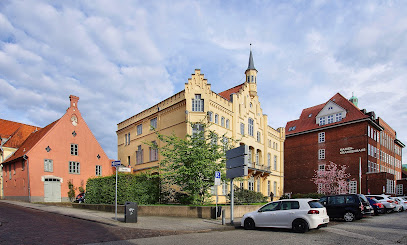
Reliefkarte von Lübeck
0.4 km
Discover Lübeck's historic heart: Markt, where centuries of history meet vibrant modern life in a UNESCO World Heritage setting.
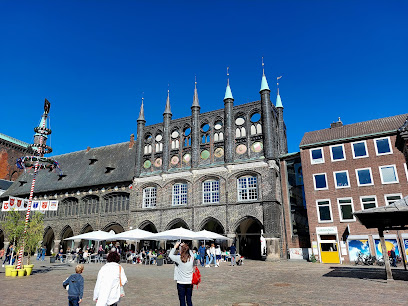
The Broken Bells Of St. Mary's
0.5 km
Witness history etched in shattered bells at Lübeck's St. Mary's Church, a powerful memorial to peace within a Brick Gothic masterpiece, a UNESCO World Heritage site.

Lübecker Altstadt
0.6 km
Explore Lübeck's UNESCO-listed Altstadt: a captivating blend of medieval architecture, Hanseatic history, and cultural treasures, offering an unforgettable journey through time.

Lübecker Löwen
0.6 km
Discover the majestic Lübecker Löwen, symbols of Lübeck's Hanseatic heritage, guarding the historic Burgtor and Holstentor in the heart of this UNESCO World Heritage city.
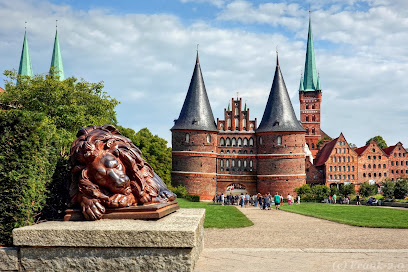
Stadtgraben
0.7 km
Discover Lübeck's Stadtgraben: A historic moat turned tranquil park, offering scenic views and a glimpse into the city's medieval past along the Altstadt.

Puppenbrücke
0.7 km
Cross Lübeck's historic Puppenbrücke, adorned with captivating statues, and step into a world where art, history, and Hanseatic charm converge in a picturesque setting.
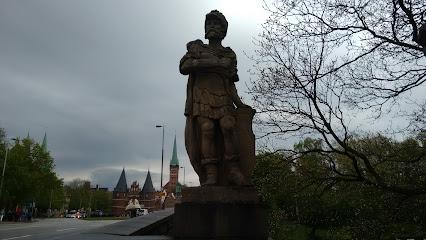
Lübeck Altstadt
0.8 km
Explore Lübeck's Altstadt, a UNESCO World Heritage site, where medieval charm meets modern vibrancy in a captivating blend of history, architecture, and Hanseatic heritage.
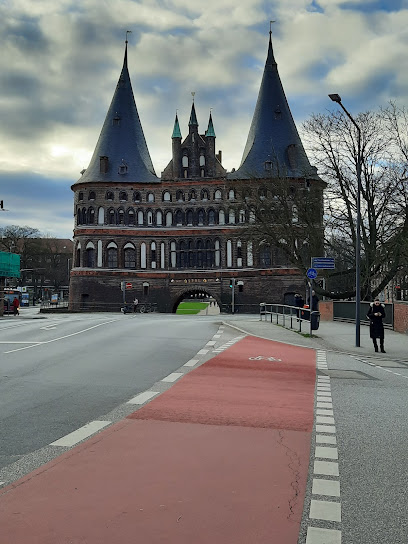
Bismarckdenkmal
0.9 km
Discover the Bismarckdenkmal in Lübeck, a historical landmark celebrating the legacy of Otto von Bismarck amidst serene gardens, offering a glimpse into Germany's past.
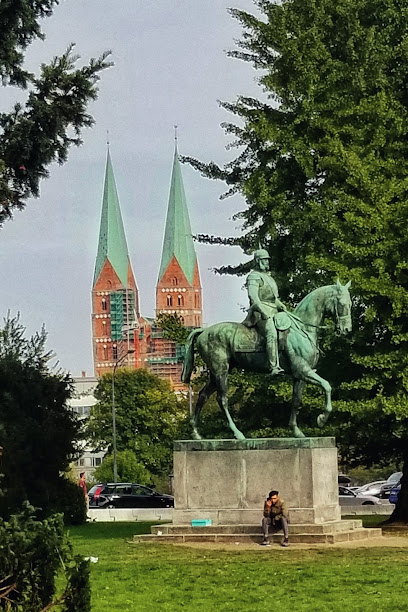
Koberg
1.0 km
Discover Koberg in Lübeck: A captivating square where medieval architecture meets Hanseatic history, offering a unique glimpse into the city's rich cultural heritage.

Klughafenbrücke
1.0 km
Discover the shimmering Klughafenbrücke in Lübeck, connecting history and modernity with scenic views of the Kanaltrave and easy access to UNESCO World Heritage sites.
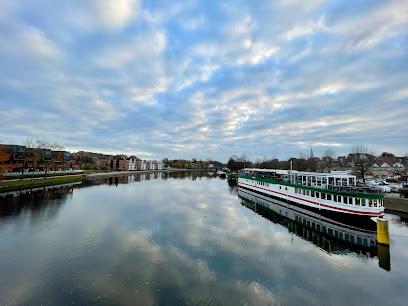
Burgtor in Lübeck
1.3 km
Discover the Burgtor in Lübeck: a historic northern gate, a masterpiece of Gothic architecture, and a gateway to the city's Hanseatic past and vibrant present.
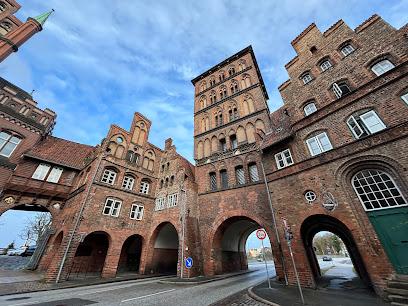
Schwerlastkran
1.5 km
Discover the iconic Schwerlastkran in Lübeck, a historic crane symbolizing the city’s maritime heritage and engineering marvels.

Froschkönigteich
1.9 km
Discover the enchanting Froschkönigteich in Lübeck's Stadtpark, a serene oasis with a fairytale charm, perfect for relaxation and a touch of magic in the heart of St. Gertrud.
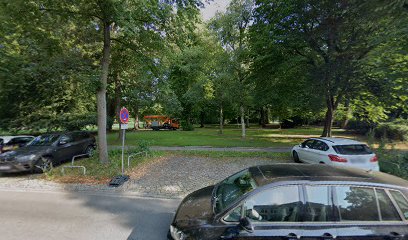
St. Lorenz Grünanlage
1.9 km
Explore the serene beauty of St. Lorenz Grünanlage, a lush urban park in Lübeck perfect for relaxation, picnics, and enjoying nature's tranquility.

Unmissable attractions to see
Wasserspiele Klingenberg
0.2 km
Discover the serenity of Wasserspiele Klingenberg in Lübeck, where stunning water features and lush gardens create a tranquil escape for all visitors.

Stitens Almshouse
0.2 km
Explore the serene beauty and historical significance of Stitens Almshouse in Lübeck's enchanting Altstadt, a true gem of cultural heritage.
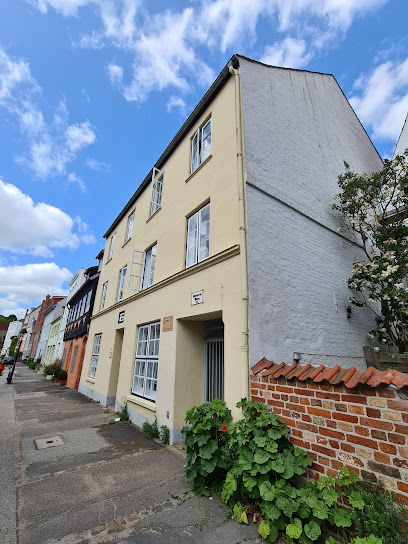
Dom zu Lübeck - Ev.-Luth. Dom-Kirchengemeinde in Lübeck
0.2 km
Explore the stunning Dom zu Lübeck, a Gothic architectural masterpiece and UNESCO World Heritage site, rich in history and spiritual significance.
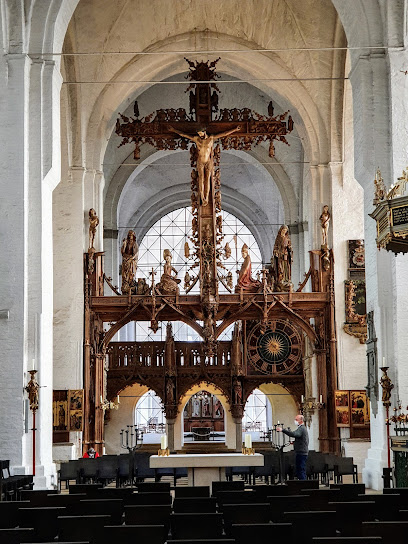
Lübeck Cathedral
0.2 km
Explore Lübeck Cathedral, a stunning Gothic masterpiece and UNESCO World Heritage site, rich in history, art, and serene beauty.

Museumsquartier St. Annen
0.2 km
Explore the vibrant art scene at Museumsquartier St. Annen, a cultural treasure in Lübeck showcasing centuries of creativity.

Kunsthalle St. Annen
0.2 km
Explore the artistic heritage of Lübeck at Kunsthalle St. Annen, a captivating museum featuring a wide range of art from various eras.

Museum of Nature and Environment
0.3 km
Explore the Museum of Nature and Environment in Lübeck, a hub of natural history and environmental education for all ages.
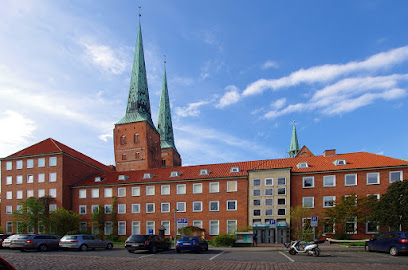
Ehemaliges Spinnhaus
0.3 km
Explore the historic Ehemaliges Spinnhaus in Lübeck, a captivating attraction that reveals the city’s rich industrial heritage and architectural beauty.
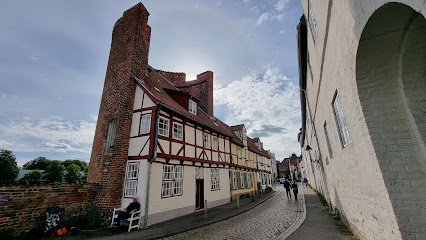
Haus Senkbeil
0.3 km
Experience the rich heritage and stunning architecture of Haus Senkbeil in Lübeck's historic Altstadt, a must-visit tourist attraction.
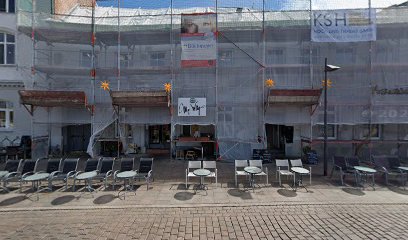
An der Obertrave
0.3 km
Discover the enchanting promenade of An der Obertrave in Lübeck, where history meets scenic beauty along the tranquil Trave River.
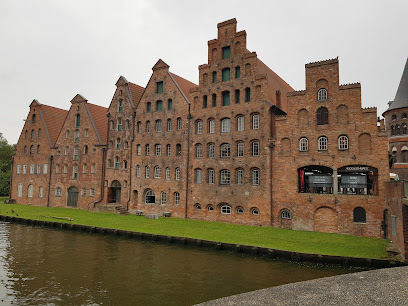
Halbturm
0.3 km
Explore the historic Halbturm in Lübeck, a captivating tower steeped in history and architectural beauty, perfect for every traveler.
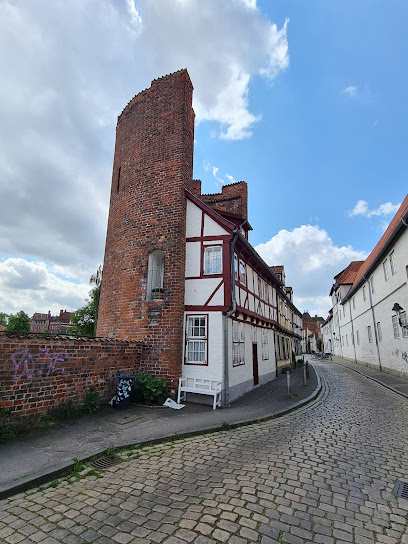
St.-Aegidien-Kirche Lübeck - Ev.-Luth. Kirchengemeinde St. Aegidien zu Lübeck
0.3 km
Discover the architectural marvel and historical significance of St.-Aegidien-Kirche in the heart of Lübeck's old town, a true cultural treasure.
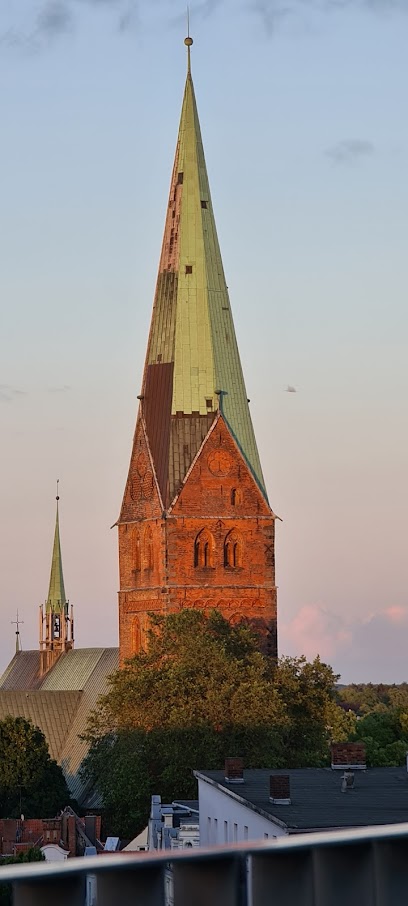
Predigerhaus von St. Aegidien
0.3 km
Explore the historic Predigerhaus von St. Aegidien in Lübeck, a captivating tourist attraction that showcases the city's Hanseatic heritage and medieval architecture.

Wasserspiele Obertrave
0.3 km
Discover the serene beauty of Wasserspiele Obertrave, a tranquil water display attraction in Lübeck that captivates visitors with its artistic charm.

Pulvermacherhaus
0.3 km
Explore the historical Pulvermacherhaus in Lübeck, a captivating testament to the city's rich heritage and stunning medieval architecture.

Essential places to dine
Ristorante Italiano Florentina
0.1 km
Experience authentic Italian cuisine at Ristorante Italiano Florentina in Lübeck - where every meal is a journey through Italy's rich culinary landscape.

Paulaner am Dom
0.1 km
Discover authentic Bavarian flavors at Paulaner am Dom in Lübeck - where tradition meets taste in a charming setting.
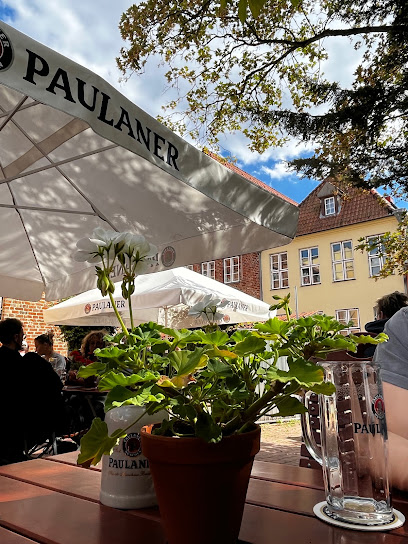
Leo's Juice & Burger
0.1 km
Experience mouthwatering burgers and fresh juices at Leo's Juice & Burger in Lübeck’s historic Altstadt, where quality meets flavor.
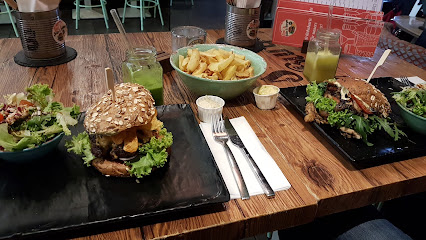
Bei Ulla
0.1 km
Experience authentic German cuisine at Bei Ulla in Lübeck's charming old town, where every dish tells a story.
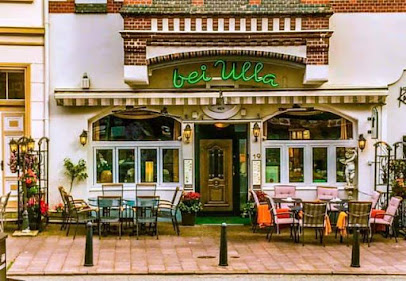
Restaurant Alte Schmiede
0.2 km
Experience authentic German cuisine at Restaurant Alte Schmiede in Lübeck's historic district with delightful flavors and inviting atmosphere.
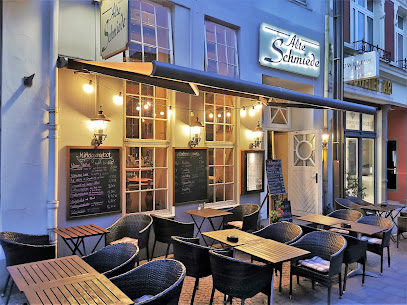
Larry's Bar & Restaurant
0.2 km
Experience authentic Filipino cuisine in Lübeck at Larry's Bar & Restaurant - a culinary journey you won't forget!

Masala Darbar
0.2 km
Discover the vibrant flavors of India at Masala Darbar in Lübeck - where every dish tells a story.
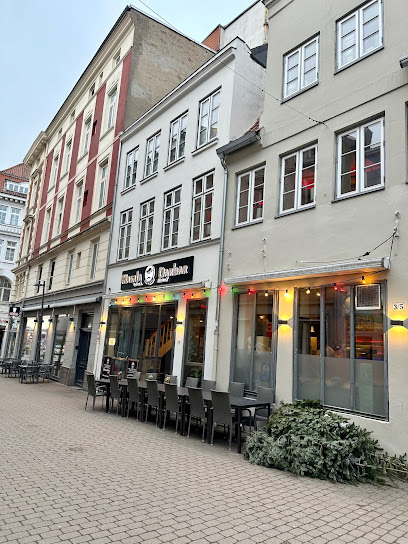
SALIS
0.2 km
Experience authentic German cuisine at SALIS, nestled in Lübeck's historic Altstadt, where tradition meets modernity.
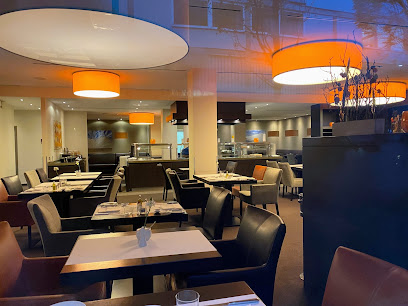
Restaurant Lübke's Speicher - Lübeck
0.3 km
Experience authentic German cuisine at Lübke's Speicher in Lübeck, where every dish tells a story and every meal is a celebration.
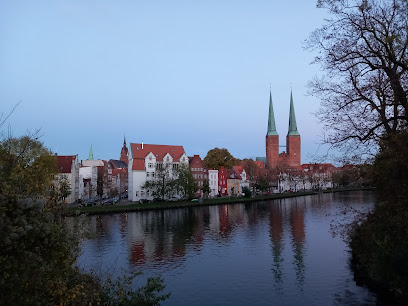
Buddha Bowl - Lübeck
0.3 km
Experience authentic Japanese flavors at Buddha Bowl in Lübeck's historic Altstadt - where culinary artistry meets tradition.
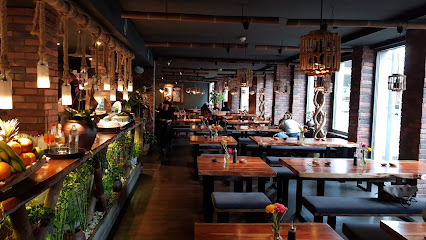
Hacienda Rodizio
0.4 km
Experience authentic Brazilian cuisine at Hacienda Rodizio in Lübeck – where every meal is a celebration of flavor.
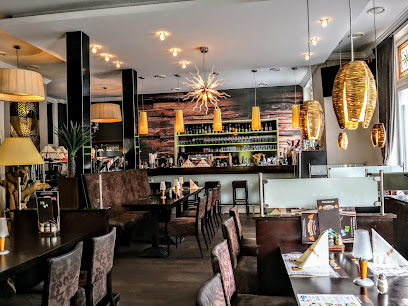
Restaurant VAI - Lübeck
0.4 km
Experience culinary artistry at Restaurant VAI in Lübeck—where tradition meets innovation in every delectable dish.
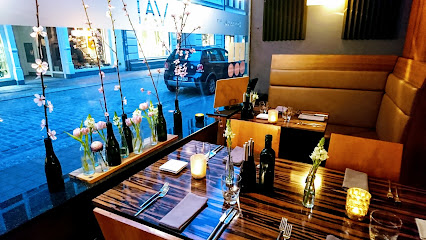
Restaurant am Holstentor Lübeck
0.4 km
Experience exquisite local cuisine at Restaurant am Holstentor in Lübeck's historic Old Town, near iconic landmarks and stunning views.
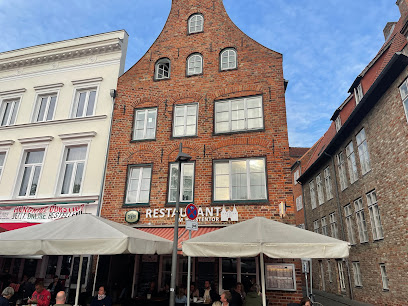
Lübecker Hanse - Lübeck
0.4 km
Experience the best of German cuisine fused with creative tapas at Lübecker Hanse in historic Lübeck.
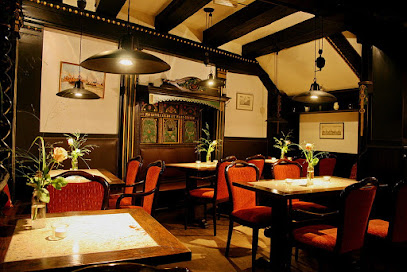
Ristorante San Remo
0.4 km
Discover authentic Italian cuisine at Ristorante San Remo in Lübeck – where every meal is a celebration of flavor and tradition.
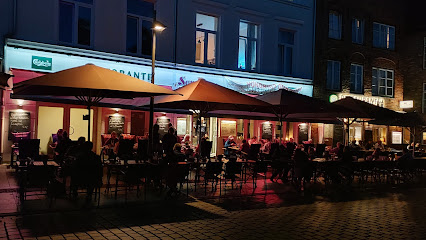
Markets, malls and hidden boutiques
Julestjerne lubeck
0.1 km
Discover unique crafts and souvenirs at Julestjerne, a charming store in Lübeck's historic Altstadt, reflecting the city's rich cultural heritage.

Oxfam Shop Lübeck
0.2 km
Explore Oxfam Shop Lübeck: A thrift store haven for unique finds, fashion treasures, and charitable shopping in Lübeck's historic quarter.

ONE-Fair Trade coffee roaster
0.2 km
Experience ethical indulgence at ONE-Fair Trade Coffee Roaster, where every sip supports fair trade and sustainability in a cozy Lübeck setting.

Trekking König Outlet
0.2 km
Discover top-notch outdoor gear and sportswear at Trekking König Outlet in Lübeck, your gateway to adventure in Northern Germany.

KULT
0.2 km
Explore KULT in Lübeck for a fashionable shopping experience with stylish clothing for men and women in a vibrant atmosphere.

BlueBrixx Store Lübeck
0.3 km
Explore a treasure trove of toys and collectibles at BlueBrixx Store Lübeck, where creativity and fun come to life for all ages.

Geoffrey - Mode - Birgit Gotthard-Busch e.K.
0.3 km
Explore Geoffrey - Mode in Lübeck for a stylish selection of women's fashion that merges quality with contemporary trends in a historic setting.
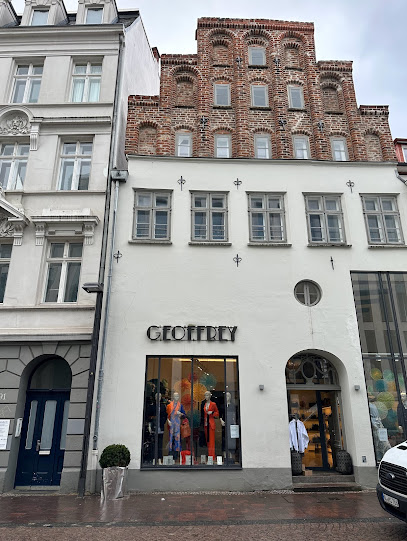
Gandalph Lübeck
0.3 km
Explore Gandalph Lübeck, where gamers and book lovers unite in a vibrant store filled with games, toys, and literary wonders.
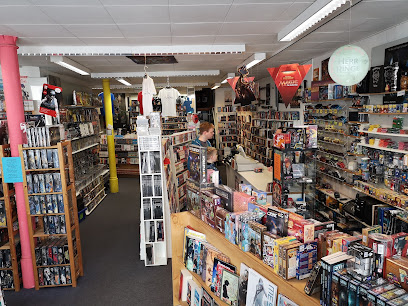
Haerder-Center
0.3 km
Experience vibrant shopping and dining at Haerder-Center, Lübeck's top shopping mall, perfect for travelers seeking local culture and retail therapy.
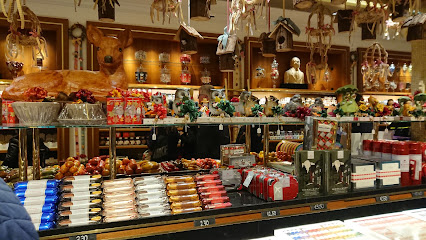
Tally Weijl
0.3 km
Explore the latest fashion trends at Tally Weijl in Lübeck's charming historic district, perfect for all your stylish needs.

Arleol First Class second Hand
0.3 km
Explore Arleol First Class Second Hand in Lübeck for a unique shopping adventure filled with stylish, sustainable second-hand clothing.

NEW YORKER
0.3 km
Explore the latest trends in fashion at NEW YORKER, Lübeck's premier clothing destination for stylish apparel and accessories.

Your Style- Man Store
0.4 km
Explore the unique men's fashion at Your Style- Man Store in Lübeck, where contemporary style meets classic elegance.
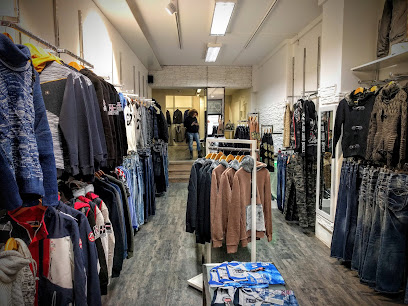
Marc O'Polo
0.4 km
Discover contemporary fashion at Marc O'Polo in Lübeck's historic Altstadt—where style meets sustainability.
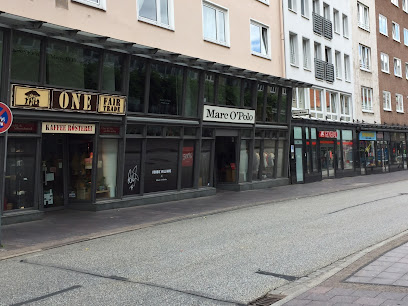
Hirtreiter&Herzberg GmbH
0.4 km
Explore unique fashion finds at Hirtreiter&Herzberg GmbH, a stylish clothing store in Lübeck's historic Altstadt district.
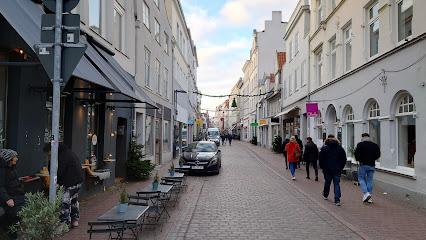
Essential bars & hidden hideouts
Soul and Kitchen
0.1 km
Experience the vibrant flavors and cozy ambiance of Soul and Kitchen in Lübeck's historic Altstadt, an unmissable culinary gem.
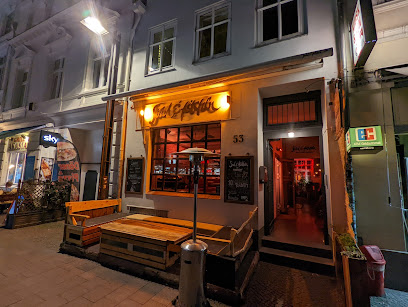
Bar 112 - Lübeck
0.2 km
Discover the lively spirit of Lübeck at Bar 112, where great drinks meet a vibrant atmosphere in the heart of the historic Altstadt.
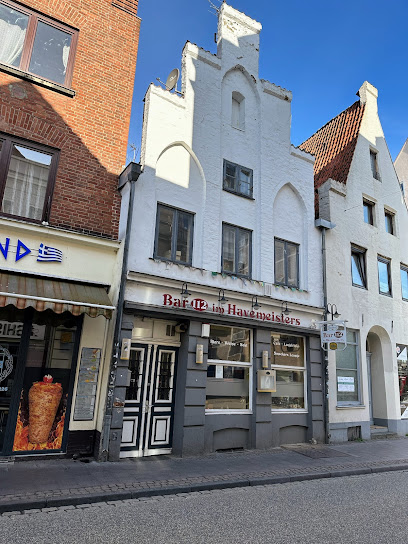
Allegro Bar Svetlana Töbe
0.2 km
Discover the vibrant nightlife and welcoming atmosphere at Allegro Bar in Lübeck, where every night is a celebration of good drinks and great company.
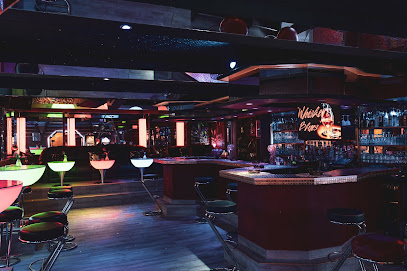
Gang No. 56 - Lübeck
0.2 km
Discover Gang No. 56 in Lübeck: A lively bar offering a fantastic selection of drinks in a charming atmosphere, perfect for unwinding in the heart of the city.
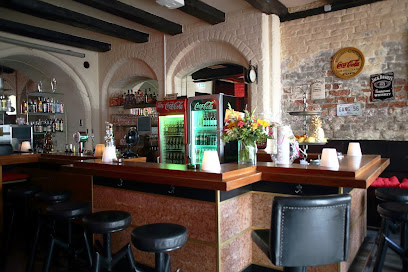
sZiggy's Bar
0.3 km
Discover the inviting atmosphere and delightful drinks at sZiggy's Bar, a must-visit spot in Lübeck's historic district for every traveler.
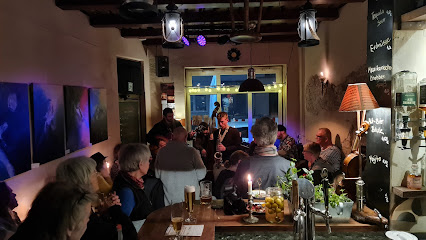
Funambules - Lübeck
0.3 km
Discover the lively spirit of Lübeck at Funambules, where live music, delicious cuisine, and a vibrant atmosphere come together.
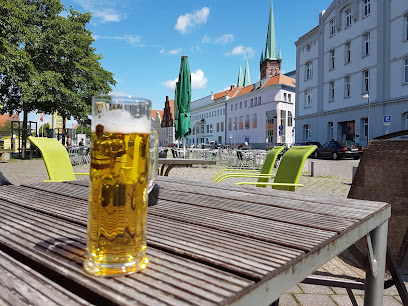
Lulu's Pub
0.5 km
Experience the heart of Lübeck at Lulu's Pub, where local brews and a cozy atmosphere bring friends together.

Sternschnuppe Lübeck
0.5 km
Discover the vibrant nightlife of Lübeck at Sternschnuppe, a cozy bar offering a diverse drink selection in the heart of the historic city.

Cocoloco Bar - Lübeck
0.5 km
Discover the vibrant nightlife of Lübeck at Cocoloco Bar, where unforgettable evenings come alive with drinks, music, and a lively crowd.
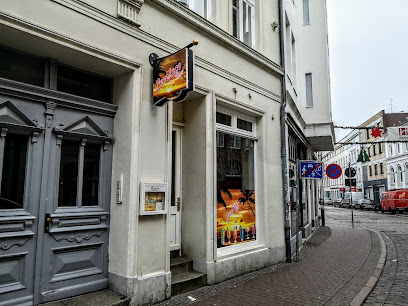
Dietrich's Bar - Luebeck
0.5 km
Experience the charm of Lübeck at Dietrich's Bar, where cozy atmosphere meets a delightful drink selection.
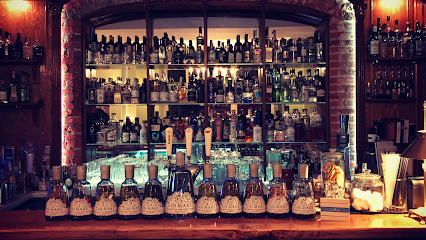
Rauchfang - Lübeck
0.5 km
Experience the warmth of Lübeck at Rauchfang, a cozy pub offering local brews and a vibrant atmosphere in the heart of the city.

Kandinsky - Lübeck
0.6 km
Discover Kandinsky, a unique bar and restaurant in Lübeck's Altstadt, offering a vibrant atmosphere and diverse culinary delights.
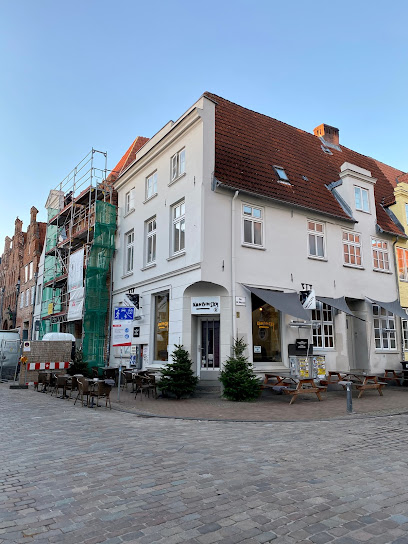
Caffe Grande Barcio
0.6 km
Discover Caffe Grande Barcio in Lübeck - a perfect blend of grill delights and café comforts in a charming atmosphere.
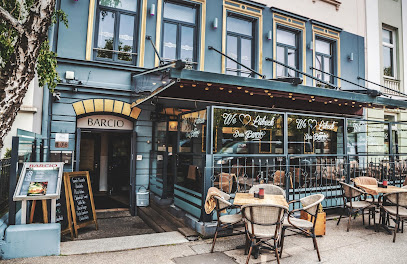
MENGwirtschaft
0.6 km
Discover MENGwirtschaft, a cozy bar in Lübeck's Altstadt, where local culture meets delightful drinks in a welcoming atmosphere.
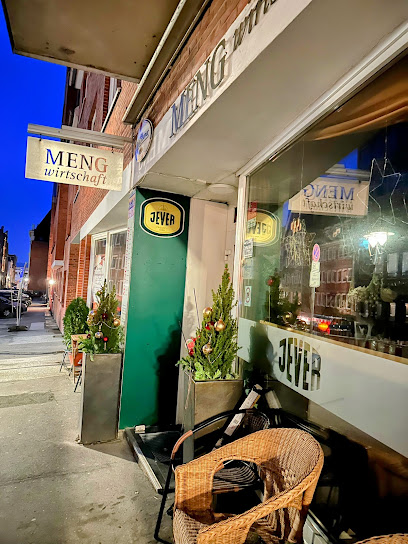
Finnegan Lübeck
0.7 km
Discover Finnegan Lübeck: A vibrant Irish pub in Lübeck's historic center, offering authentic cuisine and a lively atmosphere.
